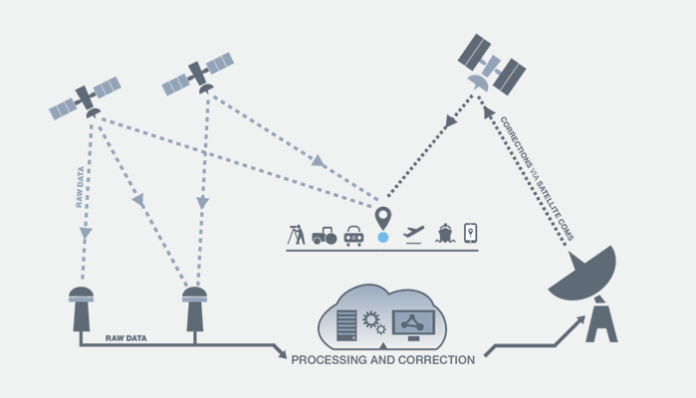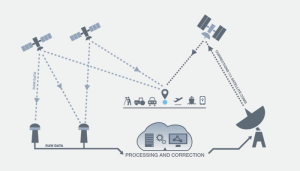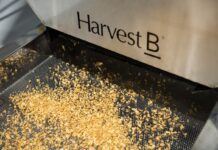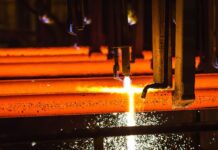
Image credit: www.ga.gov.au
The Federal Government announced that it will invest $12 million in a two-year program looking into the future of positioning technology in Australia.

Image credit: www.ga.gov.au
The funding will be used to test instant, accurate and reliable positioning by Satellite Based Augmentation Systems (SBAS) which could provide future safety, productivity, efficiency and environmental benefits across a number of industries, including transport, agriculture, construction, and resources.
In announcing the funding, Federal Minister for Infrastructure and Transport Darren Chester said the program will test the potential of SBAS technology in the four transport sectors – aviation, maritime, rail and road.
“SBAS utilises space-based and ground-based infrastructure to improve and augment the accuracy, integrity and availability of basic Global Navigation Satellite System (GNSS) signals, such as those currently provided by the USA Global Positioning System (GPS),” the Minister said.
“The future use of SBAS technology was strongly supported by the aviation industry to assist in high accuracy GPS-dependent aircraft navigation. Positioning data can also be used in a range of other transport applications including maritime navigation, automated train management systems and in the future, driverless and connected cars.”
Resources Minister and Federal Minister for Northern Australia, Matt Canavan said the two-year project could result in improving positioning accuracy in Australia to less than five centimetres. Currently, positioning in Australia is accurate to five to 10 metres.
“This technology has potential uses in a range of sectors, including agriculture and mining, which have always played an important role in our economy, and will also be at the heart of future growth in Northern Australia,” Senator Canavan said.
“Access to this type of technology can help industry and Government make informed decisions about future investments.”
The project will see Australia join countries such as the US, Russia, India and Japan in investing in SBAS technology and capitalising on the link between precise positioning, productivity and innovation.
In early 2017, Geoscience Australia with the Collaborative Research Centre for Spatial Information (CRCSI) will call for organisations from a number of industries including agriculture, aviation, construction, mining, maritime, rail, road, spatial, and utilities to participate in the test-bed.



















